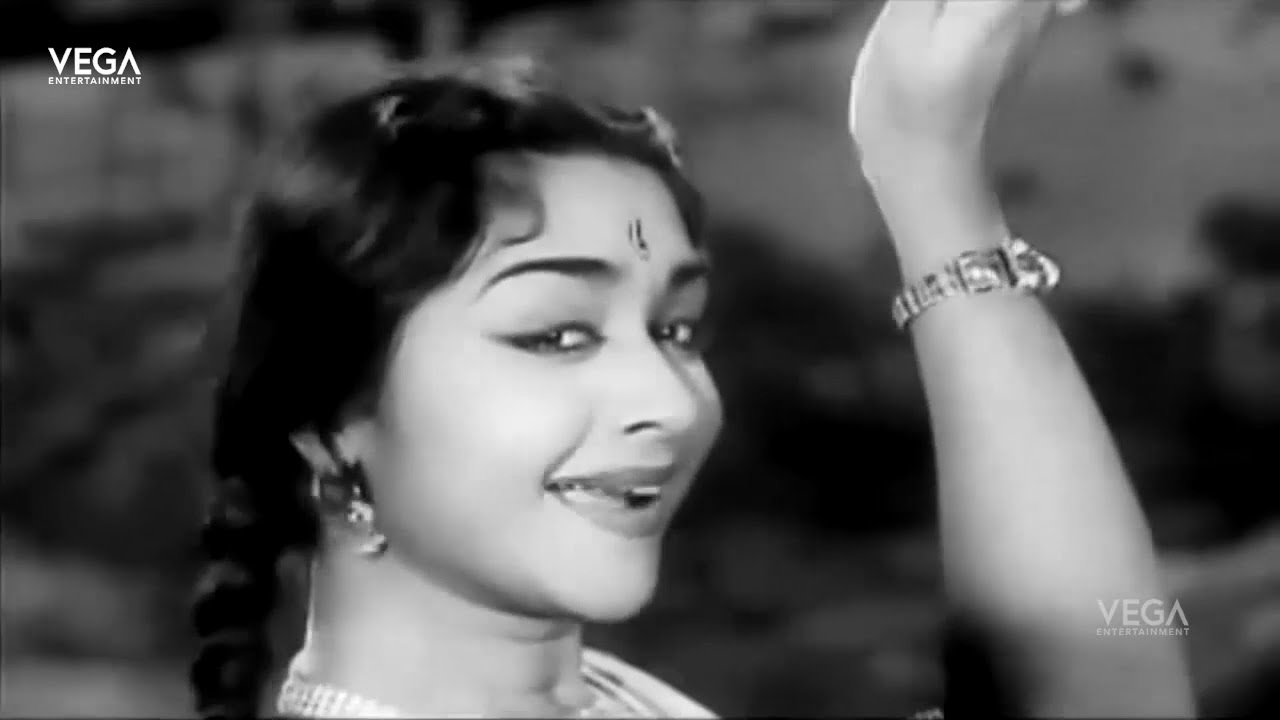On July 14, 2025, Indian cinema bid a tearful goodbye to one of its most beloved icons — Bangalore Saroja Devi. With a career that spanned over six decades and more than 200 films across Tamil, Kannada, Telugu, and Hindi, she wasn’t just an actress — she was a phenomenon. Known as “Abhinaya Saraswathi” (The Goddess of Expression), Saroja Devi leaves behind a legacy that transcends generations, languages, and borders.
In this blog, we celebrate the incredible journey of B. Saroja Devi — her rise, her reign, and her indelible impact on Indian cinema.
🎭 Early Life and Humble Beginnings
Born on January 7, 1938, in Bengaluru, Karnataka, B. Saroja Devi hailed from a middle-class family. Her father Bhairappa was a police officer, while her mother Rudramma was a homemaker. From an early age, Saroja Devi was drawn to the arts — learning classical dance, singing at local events, and participating in school plays.
Her entry into cinema came at the age of 17, when she starred in “Mahakavi Kalidasa” (1955), a Kannada film that later won the National Film Award for Best Feature Film in Kannada. Though she initially resisted film offers due to family reservations, her talent was undeniable — and it didn’t take long before the South Indian film industry embraced her.
🎥 The Meteoric Rise to Stardom
Saroja Devi’s popularity skyrocketed in the late 1950s and early 1960s. Her roles in Tamil, Kannada, and Telugu films quickly cemented her as one of the most versatile and bankable actresses of her generation.
Some of her landmark films include:
- Kalyana Parisu (1959) – Her Tamil breakthrough alongside Gemini Ganesan.
- Nadodi Mannan (1958) – Paired with M.G. Ramachandran (MGR), the film was a blockbuster that started a string of MGR-Saroja Devi hits.
- Sri Krishnadevaraya (1970) – A Kannada epic where she played Chinna Devi, earning high praise for her performance.
- Sasural (1961, Hindi) – Marked her successful foray into Bollywood, co-starring with Rajendra Kumar.
She was known for her grace, beauty, and expressive acting, which earned her the nickname “Kannadathu Paingili” (the Parrot of Kannada cinema).
💫 The Golden Era: Dominating the 60s and 70s
The 1960s were a golden age for Saroja Devi. She was a leading lady in:
- More than 50 Tamil films
- 40+ Kannada films
- 20+ Telugu and Hindi films
Her on-screen chemistry with superstars like MGR, Sivaji Ganesan, N.T. Rama Rao (NTR), and Dr. Rajkumar became legendary. She often played roles of strong, graceful women caught between love, tradition, and societal challenges.
Her pairing with MGR was particularly iconic — they starred together in over 25 films, many of which are classics even today. Off-screen, she maintained a professional rapport and was known for her humility and dedication to craft.
👑 A Style Icon and Cultural Influence
B. Saroja Devi wasn’t just an actress — she was a style icon in the 60s and 70s. Her signature Kanjeevaram sarees, traditional jewelry, and graceful dance moves influenced generations of women across South India.
She was also one of the few actresses of her time to command equal pay and screen presence alongside male superstars — a testament to her talent and commercial draw.
💔 Personal Life and Comeback
In 1967, Saroja Devi married Sri Harsha, an engineer from Bharat Electronics Limited (BEL). The couple shared a strong bond until his untimely death in 1986. After a brief hiatus from films during her marriage, she returned to cinema with supporting roles in the 1980s and 1990s — especially in Kannada cinema.
Notable later performances:
- Anuraga Sangama (1995)
- Sampathige Savaal (1974) — A film where she transitioned to character roles with grace.
- Several guest appearances in TV serials and award shows.
Despite personal tragedies, she continued to inspire with her elegance, resilience, and poise.
🏆 Awards and Honors
B. Saroja Devi’s contribution to Indian cinema has been celebrated with numerous awards and accolades:
- Padma Bhushan (1992)
- Padma Shri (1969)
- Kalaimamani Award from Tamil Nadu Government
- Karnataka State Rajyotsava Award
- Filmfare Lifetime Achievement Award – South
- Honorary Doctorate from Bangalore University
- NTR National Award for contribution to Telugu cinema
Her home in Bengaluru also became a cultural space where many budding artists and cinema lovers gathered over the years.
🎞️ A Legacy Beyond Cinema
More than just an actress, Saroja Devi was a symbol of grace, discipline, and cultural identity. She was one of the few stars whose popularity transcended linguistic boundaries at a time when regional cinema operated in silos.
She also participated in social service initiatives, supported art and dance academies, and served on various film-related committees and awards panels.
Her persona — both on and off screen — remained that of a dignified artist devoted to her craft, family, and values.
🕊️ The Final Curtain Call
On July 14, 2025, the curtains fell on a magnificent life. B. Saroja Devi passed away peacefully in her Bengaluru residence at the age of 87. The outpouring of tributes from across the film industry — from Tamil Nadu to Telangana, Karnataka to Bollywood — bore testimony to the love she earned.
From Prime Ministers to film veterans, fans to filmmakers — all remembered her as the woman who defined South Indian cinema’s golden era.
✍️ In Closing
B. Saroja Devi was more than a movie star. She was a cultural institution — a woman who commanded respect, admiration, and affection for decades. Her legacy isn’t just about the number of films she acted in, but the timeless roles, emotions she portrayed, and hope she gave millions.
For fans of Indian cinema, she will always remain “Abhinaya Saraswathi” — the eternal goddess of expression.
Rest in peace, Saroja Devi Amma. Your art lives on in every frame.

